If you are like me- someone who has drunk much more than one coffee in your life, you might be interested in pondering this question: Why do you think the multi-billion-dollar global coffee industry can be a losing business for the growers, whose hands till the land from where coffee starts?
In fact, if you drink 2 cups of coffee a day for one year, you’ll be spending more than the annual income of the coffee farmer in a developing country. To help present to fellow North American coffee drinkers this huge disparity between the farmer and the other key players across the coffee value chain, take a look at the infographic below.
Considering that North America is the biggest coffee consumer in the world, we can make a big dent by supporting the fair trade advocacy that ensures farmers get paid properly. Take a look at the infographic again. It describes how coffee is made from the farm to the mill, to the roasting plant and all the way to the consumer. Here are some of its highlights that show the bigness of this industry:
– 100 M people depend on coffee for livelihood; 25 M of which are farmers
– The U.S. spent 18 B for coffee yearly, equivalent to Bosnia’s GDP
– Coffee is the second most globally traded commodity after petroleum
For the Silo, Alex Hillsberg Web Journalist
Supplemental- How North Americans can help the #fairtrade program
http://financesonline.com/cherry-to-cup-the-economics-of-coffee/
http://financesonline.com/why-fairtrade-should-matter-to-you/
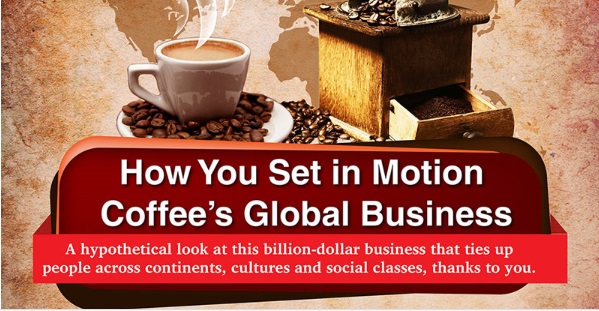

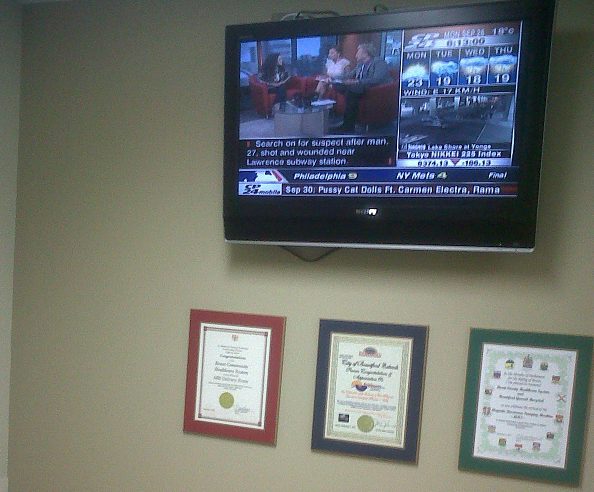
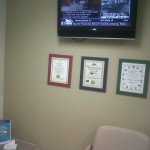
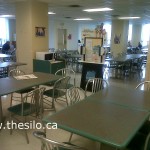
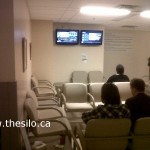
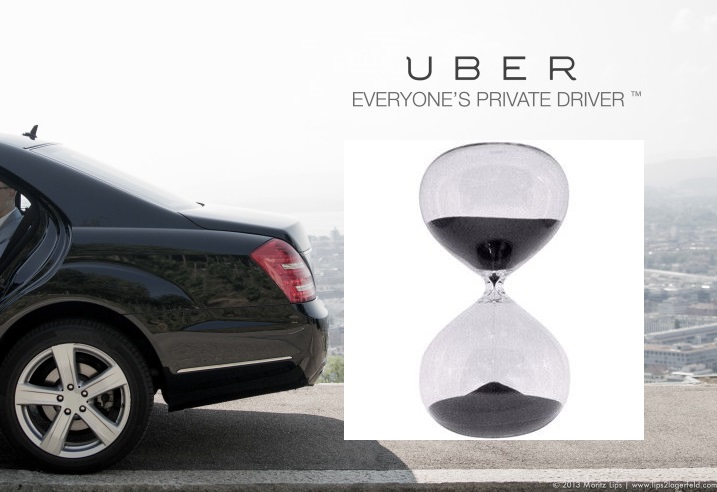
 In his new book, Four Days to Change, Welp provides the solution to systemic inequality through a comprehensive approach including diversity consulting, experiential learning, and leadership development. He also adds that all efforts should lead to tangible action and measurable results.
In his new book, Four Days to Change, Welp provides the solution to systemic inequality through a comprehensive approach including diversity consulting, experiential learning, and leadership development. He also adds that all efforts should lead to tangible action and measurable results.